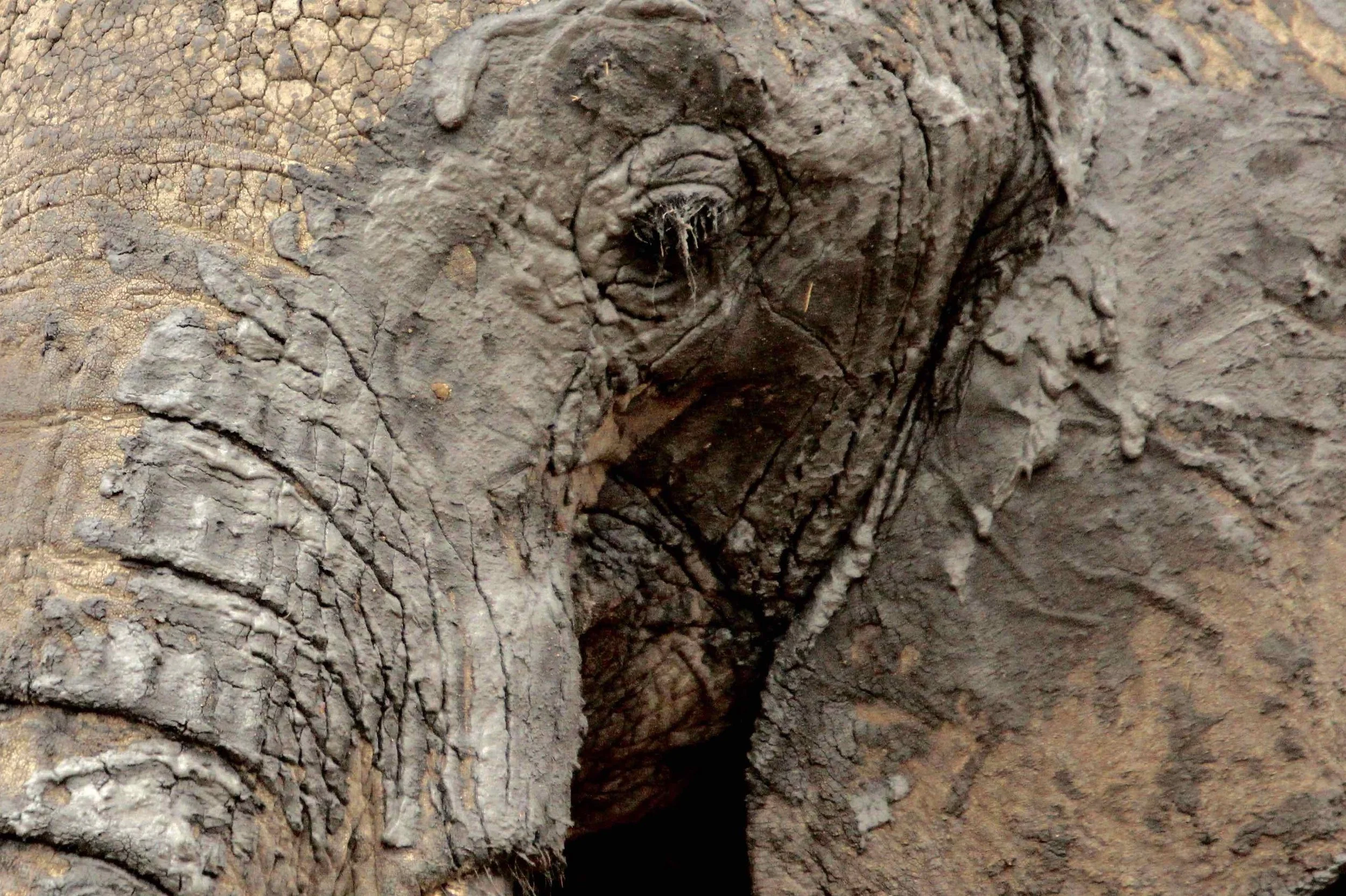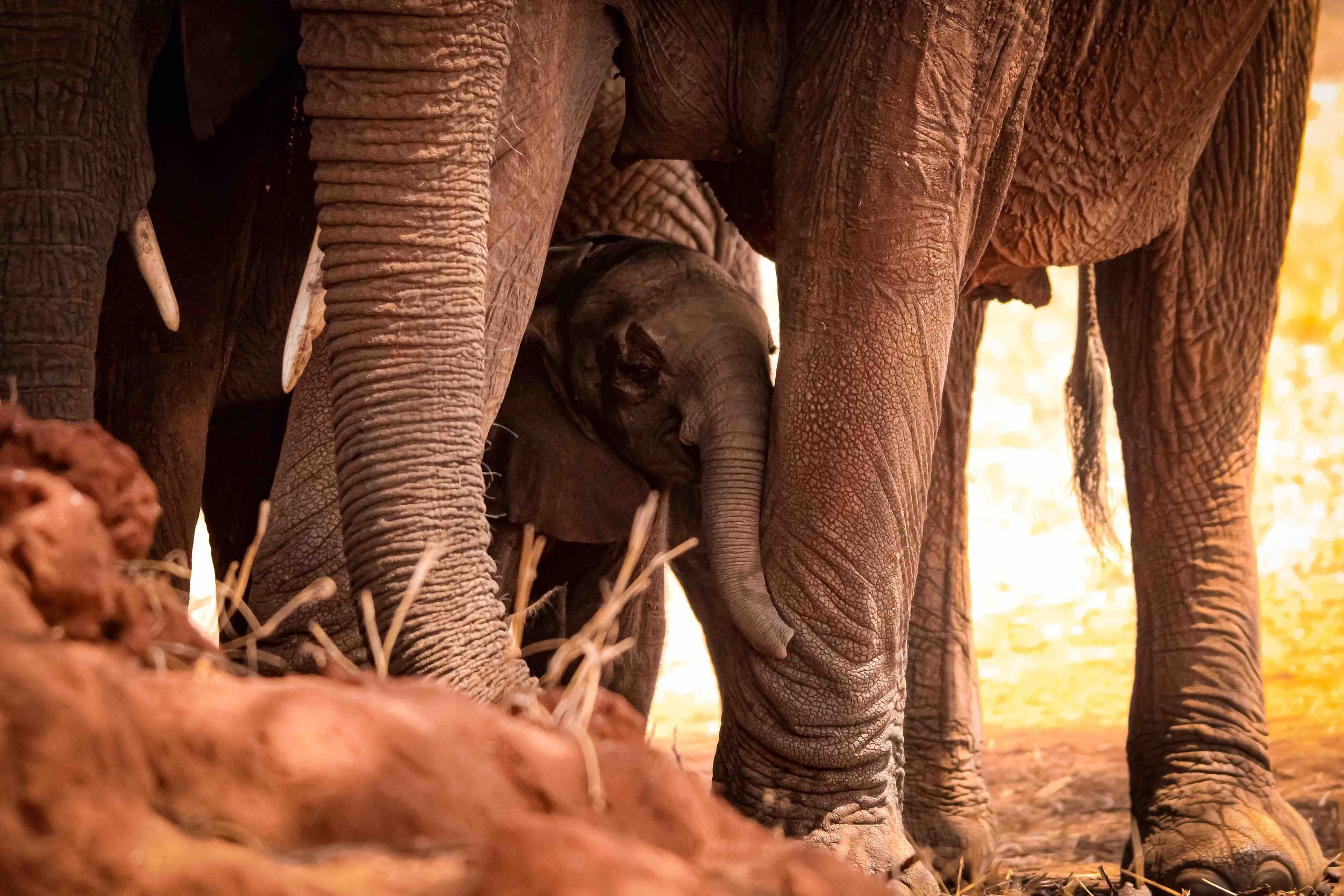While sitting with elephant in the southern woodland, I’d been asked about their eyesight. I consider it to be optimum at their feet and the end of the trunk’s reach, but mostly it’s considered rather poor beyond that. Regardless, they find food, take care of each other and wander hundreds of miles.
I’d be the first to lend credibility to the notion that elephant notice the stars. It would be rash to categorically state they don’t.
“So!” One might ask; “ How does a creature with reputedly poor eyesight see distant stars?”
“I don’t know!”
“You didn’t think I had the answer did you?”
When looking out the window of a plane these stars don’t seem any nearer or further away regardless of the fact that I’m almost forty thousand feet closer.
“Why shouldn’t they see stars and possibly use them to navigate?”
The elephant is after all the Land Cruiser of Africa. It evolved to wander a continent pruning its trees. Of course such a creature would need to find its way over hundreds of miles to places it wishes to get to for water, better forage and the company of other elephant.
At risk of being repetitive: We no longer have a sea of wilderness because pockets remain, left by human population expansion. Elephant can no longer just wander trade routes of old as they did when Quarter of a Million roamed our country. Less than fifty thousand, it is speculated, survive and they are not at liberty to wander in the manner of their ancestors.
I’m not blaming others entirely for their persecution because the fact is that one can’t have almost a century of family history in Africa without having been a part of the problem at some point during this saga. I have vivid memories of elephant hunting with my father, his fearlessness and their fear.
What is important to those of us who don’t kill elephant for their ivory is the fact that anything is possible and there will be an ever-increasing number of enlightened people shouting support for sensitivity towards elephant.
Try as we might to study, dissect, control and manage there is much about animal behavior we just simply miss. Most probably because it’s beyond rational explanation, behavior that is observed but does not fall into expected norm. It’s just as well because it’s the things we miss that might be their saving grace; of course, the contrary may be argued. Unfortunately despite the conservation efforts the world over, all the global conservation groups, public pressure and best intentions, elephant are still being blown away. Blown away regardless of the fact that the countries they exist in are fully aware of their value and yet fail to protect them.
Elephant have always grabbed at something within me. I never tire of searching for and observing them. It is no doubt as a result of experiences such as those with my father, as well as my own since, that branded the passion and connection to these creatures. Over five decades of safaris we have shared unforgettable elephant encounters: the power and ferocity of charges, daily family routine and even the birth of an elephant during a lightening storm. One thinks one’s seen it all and yet this last safari we saw something new.
We were casting about Lake Tagallala in the Selous Game Reserve gazing at the landscape and watching hippo and crocodile from the open vehicle. We rounded a peninsula of palm trees and into a setting of an elephant herd strolling with purpose to the waters edge flushing Avocet, Heron and some lazing crocodile. Initial excitement is followed by a closer look and much speculation about the herd’s configuration. It was astonishingly unusual.
It was made up of a tuskless matriarch and what I assumed to be her teenage daughter. With them were seven smaller elephant between the ages of two and nine. An odd make up since we know that there is usually about six years between the birth of calves. So how was it that two females should have so many young with them, most of which were missing their mother?


